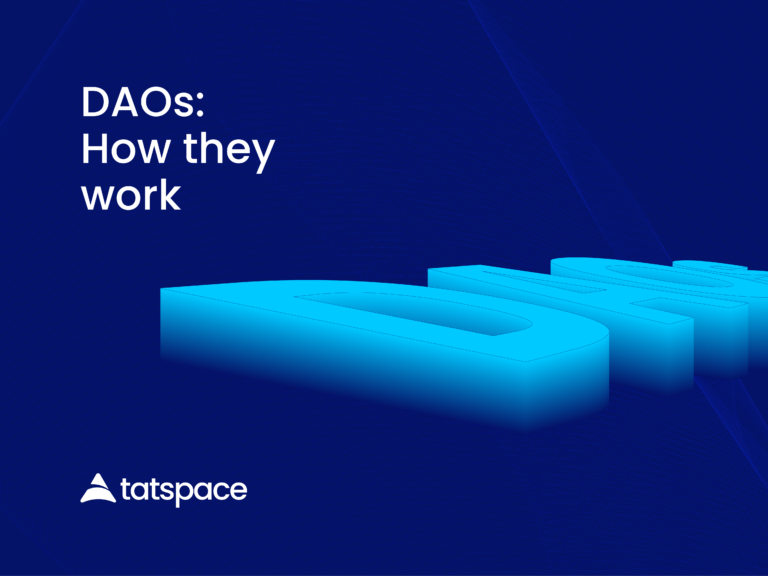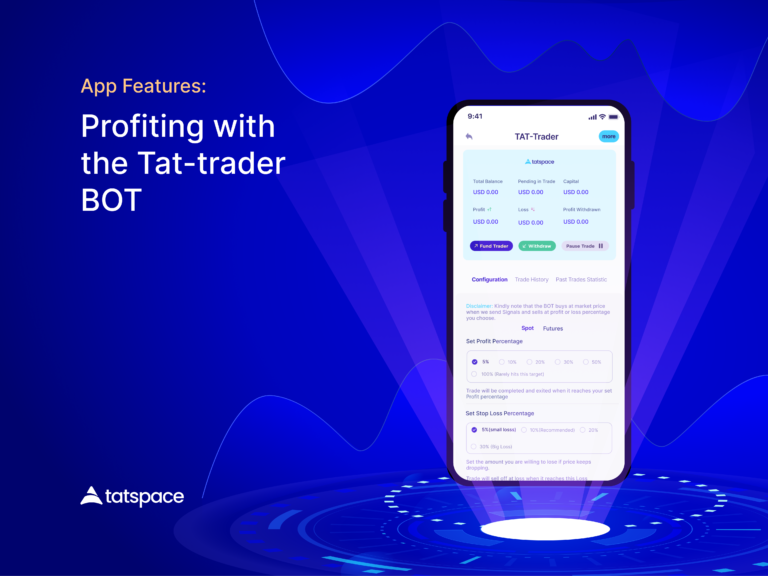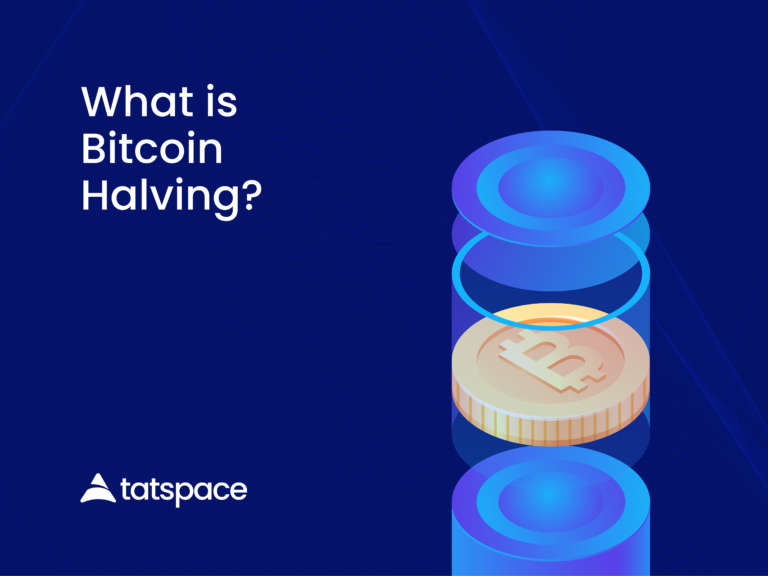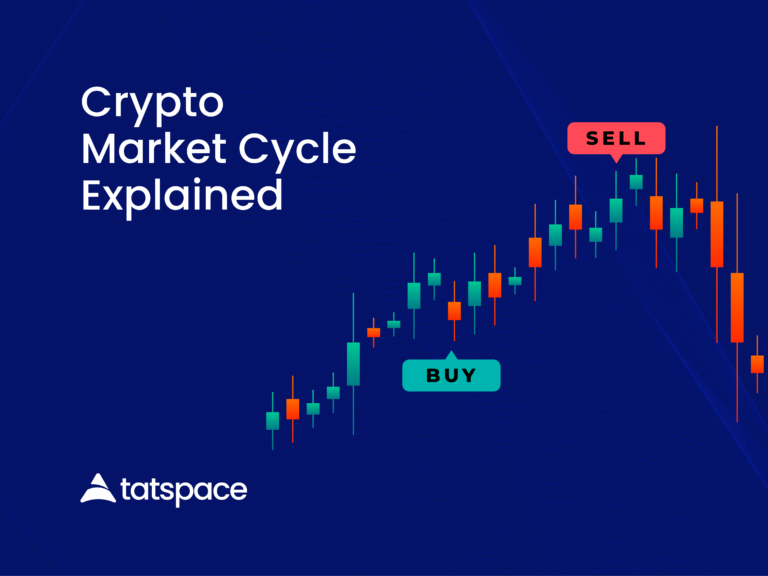Are you sick of losing money on the volatile crypto market when trading?
Sometimes, these losses come from being unaware of tools and trading features that you should be using.
Imagine you start trading only to realize a week later that you’ve blown your capital away.
As a trader, your most important task is managing and preserving your trading capital.
So, in the case you lose all of your trading capital, you will not be able to make your money back.
This is why it is important to secure your capital using available trading features like stop-loss to curtail your trading losses. And even draw in profits too.
Nonetheless, we must face the facts. You cannot control the market, and it will always do what it wants.
Hence, the importance of stop-loss. So, let’s get an understanding of what stop-loss is.
What is stop-loss?
Stop-loss is a trading feature that allows you to set the maximum loss of a trade by automatically executing the trade once the market price gets to your set value.
It’s a feature available on some crypto exchanges and trading platforms like ABiTrader.
Depending on the present crypto market situation, there are different types of stop-loss you can use in different circumstances.
In spite of the many possible market outcomes, it is sometimes hard to avoid a loss, but stop-loss can be useful, even for those with little or no trading experience.
Simply put, it is like a switch you attach to your trade. This switch works in such a way that it sends a signal to your trade that it’s time to get out.
Then it automatically turns it off to prevent too much loss.
For example, you buy Bitcoin at $47,000. Naturally, you understand you make a profit when the price starts going up and lose when the price starts dropping below your buying price.
So, in a situation that the price keeps falling, stop-loss helps you minimize your loss. Assuming you set your stop-loss at 10% less your buying cost of the BTC, it will initiate a sell at $42,300.
Let’s look at the types of stop-loss
Full stop-loss
Full stop-losses liquidate all your crypto assets when market changes trigger it.
In a stable market with unexpected price fluctuations, you can use this to predict that any price drop would be low.
You may lose out on potential profits if the price spikes back up, but you would be avoiding losses if you maintain a low price for crypto.
As a result, when setting a full stop-loss, you must consider the risk and reward of both situations.
Partial stop-loss
On the other hand, the partial stop-loss will liquidate a set proportion of your digital assets when a market change triggers it.
You’ll find this more useful in the crypto market which is a volatile market.
A partial stop-loss could ensure you have some assets left in your trade just in case the price spikes up again.
In this instance, you will have potentially undesirable assets if the price remains at a low. This means you will remain at a loss.
In a highly volatile market, it can serve as a good damage control tool, however, it cannot guarantee the safety of your assets.
The risks are, therefore, still high. So, you’d use it with full awareness of the risks.
Trailing stop-loss
A trailing stop-loss would adjust the stop-loss value according to changes in the price of the crypto asset.
It allows you to set a trailing distance. A trailing distance is a difference between the current price of the asset and your stop-loss value.
Hence, if the asset’s price rises, your stop-loss value will rise with it.
If the price falls, your stop-loss value will not change. Instead, if it reaches your set value, it will trigger the stop-loss order.
It offers you an advantage over fixed stop-loss orders considering that it allows you to limit your maximum losses regardless of how far the trends move toward you.
Additionally, this allows you to avoid manually adjusting your stop-losses setting according to the market changes.
However, if the market is steadily rising, it may become a liability to you because strongly rising trends often collapse before continuing to rise.
This means a low trailing distance could result in the liquidation of your assets before prices hit their top limit.
What are the risks?
If you set your full stop-loss orders too high, you may risk losing out on a price spike above your set stop-loss value.
And this is a situation that is highly likely to happen in a volatile market like the crypto market.
You could also run into a loss when the value is too low.
What happens is that the price drop will not trigger your it, and at some point, the price could form a steady trend after dropping.
In the case that a price change triggers your stop-loss, you will lose more with a low stop-loss value than you will with a high one.
Although it would have been a better decision if prices go back up after not being able to trigger it.
Though trailing stop-losses appear to be safer in stable markets, they can be a liability during strong upward trends.
While partial stop-loss has little impact in a stable market, you will find them useful when trading very volatile coins.
The risk of stop-losses comes with poor decisions about the value and type of stop losses when you make the wrong market analysis.
Like any other useful tool, it might cause you some loss if you don’t use it right.
Wrapping it up
Although stop-loss is for minimizing damage caused by trend fluctuations, you should keep in mind that it could also lead to some loss of assets.
When choosing stop-loss, you must compare the risks to the rewards. You should also consider the importance of the asset you’re trading to your portfolio. It’s equally important that you have an understanding of the market you’re trading to predict its behaviour.
At the end of the day, stop loss is just a tool, and the choice of whether or not to use it depends on your analysis of the market. If your analysis is done well, the stop loss is likely to be successful.







